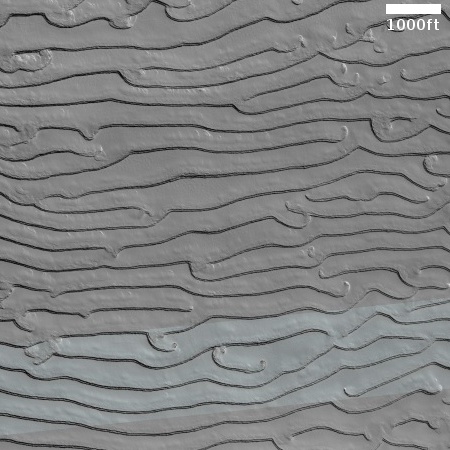New data continues to refine the margin of error for the Hubble constant
The uncertainty of science: New data using the Webb Space Telescope’s spectroscopic capabilities has provided a more refined measure of the expansion rate of the universe, dubbed the Hubble constant.
According to previous research, that rate could be anywhere from 67.4 to 73.2 kilometers per second per megaparsecs, depending on whether you rely on data from the Planck orbiter or that of the Hubble Space Telescope. Though this difference appears reasonable considering the uncertainties and assumptions that go into research that determines both numbers, astronomers have been unhappy with the difference. The numbers should match and they don’t.
Now new data from Webb suggests this difference really is nothing more than the margin of error caused by the many uncertainties and assumptions involved. That new Webb data measured the Hubble constant using three different methods, all similar to that used by Hubble, and came up with 67.85, 67.96, and 72.04, all in the middle of the previous two numbers from Hubble and Planck.
In other words, all the data is beginning to fall within this margin of error.
Astronomers are without doubt still going to argue about this, but it does appear that the research is beginning to coalesce around an approximate number. More important, in terms of cosmology these results confirm the theory that the expansion of the universe is accelerating (dubbed “dark energy” simply because it needs a name), since they confirm the method used to measure that expansion rate in the very distant universe.
Keep your minds open however. There remain many questions and uncertainties with all these conclusions. Nothing is settled, nor will it be likely for decades if not centuries.
The uncertainty of science: New data using the Webb Space Telescope’s spectroscopic capabilities has provided a more refined measure of the expansion rate of the universe, dubbed the Hubble constant.
According to previous research, that rate could be anywhere from 67.4 to 73.2 kilometers per second per megaparsecs, depending on whether you rely on data from the Planck orbiter or that of the Hubble Space Telescope. Though this difference appears reasonable considering the uncertainties and assumptions that go into research that determines both numbers, astronomers have been unhappy with the difference. The numbers should match and they don’t.
Now new data from Webb suggests this difference really is nothing more than the margin of error caused by the many uncertainties and assumptions involved. That new Webb data measured the Hubble constant using three different methods, all similar to that used by Hubble, and came up with 67.85, 67.96, and 72.04, all in the middle of the previous two numbers from Hubble and Planck.
In other words, all the data is beginning to fall within this margin of error.
Astronomers are without doubt still going to argue about this, but it does appear that the research is beginning to coalesce around an approximate number. More important, in terms of cosmology these results confirm the theory that the expansion of the universe is accelerating (dubbed “dark energy” simply because it needs a name), since they confirm the method used to measure that expansion rate in the very distant universe.
Keep your minds open however. There remain many questions and uncertainties with all these conclusions. Nothing is settled, nor will it be likely for decades if not centuries.






















